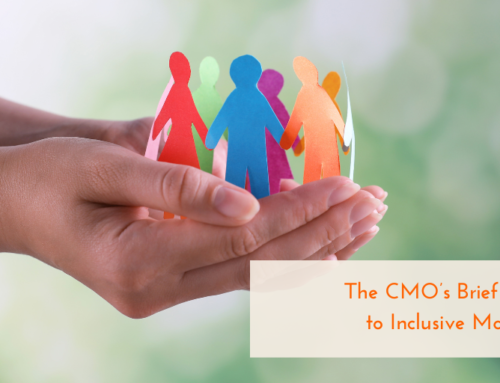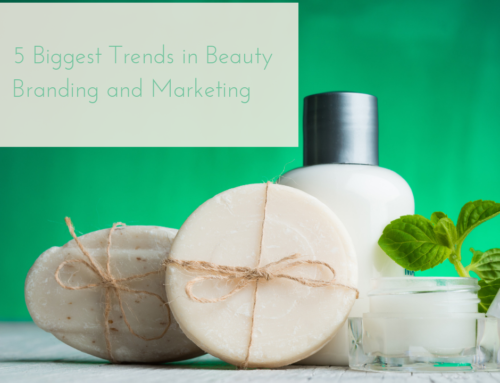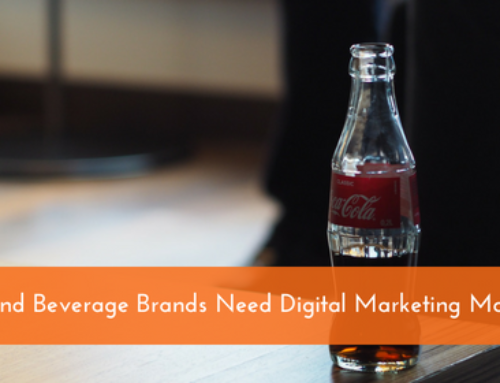Branding encompasses so many different principles and ingredients that many times companies mistake one of the parts for their brand as a whole. Are you guilty of labeling the wrong things your “brand”? Do you even know what these pieces and parts are? Let’s take a look.
Your Brand Is Not Your Logo
Yes, your logo is the symbol of your brand, but it is not the only piece. When consumers see your logo, they should get a sense of your company’s voice, if not your entire mission. Before designing your logo, you should already have a full working knowledge of what your brand is—what you sell, how you sell it, and most importantly why. Without this information, your logo will never be an accurate reflection of your brand.
Your Brand Is Not Your Tagline
A great tagline can say so much about a brand, can’t it? That’s why many make the mistake of thinking the tagline is the brand. Can you name the company with the following taglines?
- Think outside the box.
- The ultimate driving machine.
- You’ll love the way we fly.
What about these taglines?
- The power to be your best.
- Sheer driving pleasure.
- We love to fly and it shows.
If you recognize that both lists are for the same three brands—Apple, BMW, and Delta Airlines—then you already understand why a tagline is never the brand. If so, the brand would change every time the tagline does. Instead, the tagline should be crafted to fully encompass the brands vision, its essence and the emotional connection with your target personas. Connection points may change, hence differing taglines, but the brand vision remains the same. You can’t even start writing the snappy words until you know the brand inside and out.
Your Brand Is Not Your Product or Service Benefits
Yes, of course, you should tout the benefits and features of your products or services. These are the factors that add true value to your brand. They are not, however, the brand itself. Kevin Plank, CEO of Under Armor, says, “Brand is not a product, that’s for sure; it’s not one item. It’s an idea, it’s a theory, it’s a meaning, it’s how you carry yourself. It’s aspirational, it’s inspirational.” If you rely on your unique features to provide your brand message, then additional features and benefits added later will only serve to confuse your buyers. Instead, your features should support your brand value and give credibility to your brand message. This way, if you should ever improve upon or eliminate any features, your brand will still stand.
What Is Your Brand?
Before you can decide any of the above, you must know what your brand actually is. This is your company vision—how you sound, what you look like, what you say. Add to this the hopes and dreams of your company, your cause or your “why.” Why you started the company to begin with and where you hope to go. How will you provide value to your buyers? How will you recognize those buyers? When you can answer these things, you’re well on your way to identifying your brand. Until you have fully developed your brand, you will struggle to make key decisions regarding products and services, buyer personas, content, logo design…well, all of those things that support and define the brand you’ve created.
If you’re still unsure where to begin when developing your branding standards, don’t hesitate to give us a call. We’ll walk you through from the very beginning so you can share your complete brand vision with the world.






